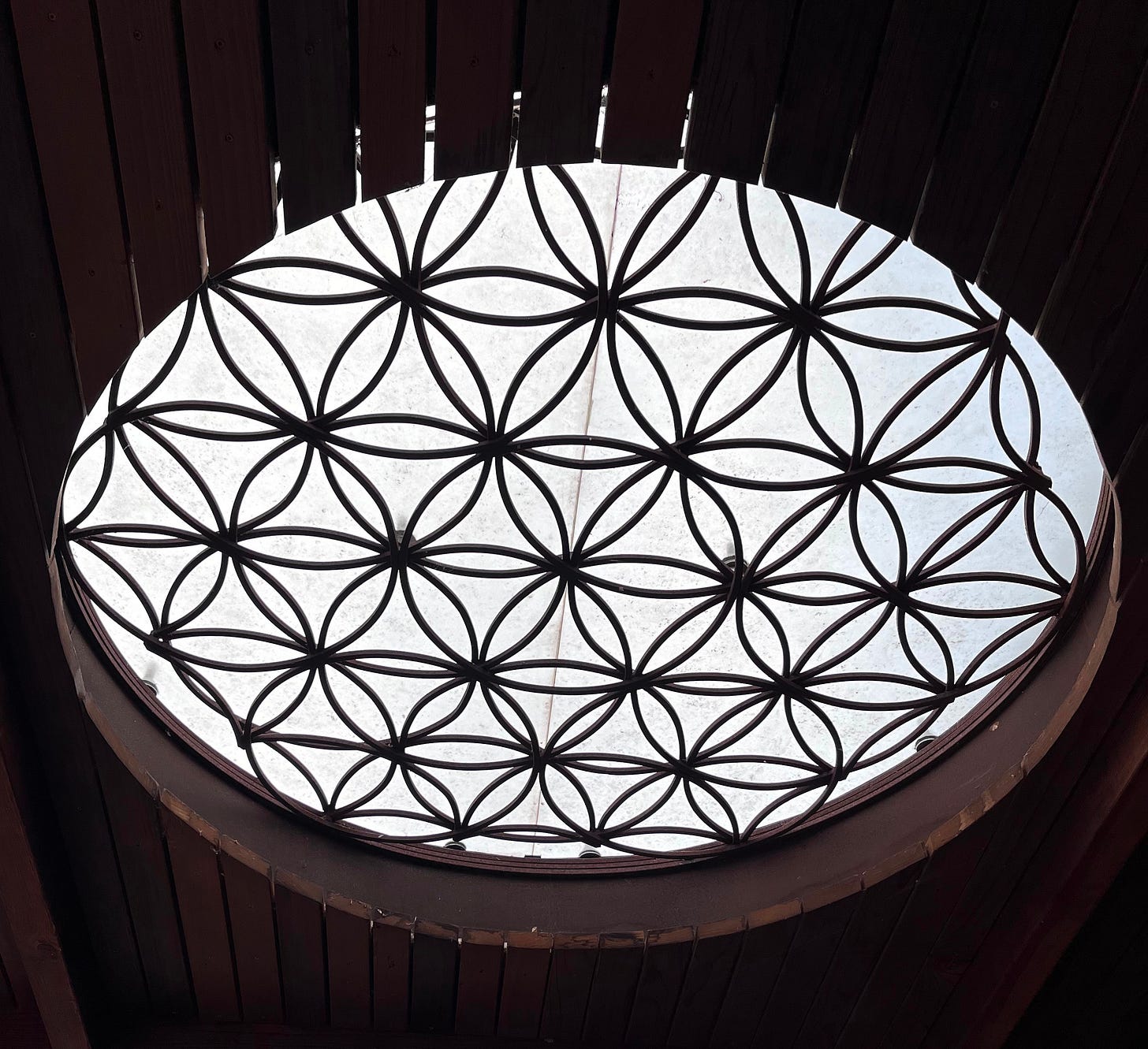Sheltering Each Other: Longing for "Meitheal" in our Modern Times
Keep reading with a 7-day free trial
Subscribe to The Gaelic Effect: How the Irish language can save the world to keep reading this post and get 7 days of free access to the full post archives.


